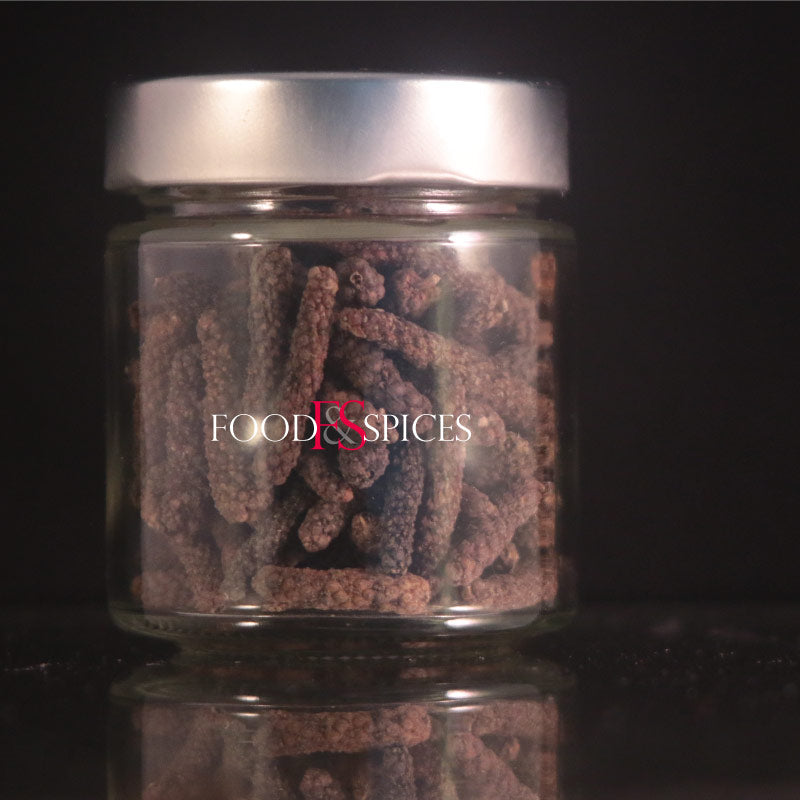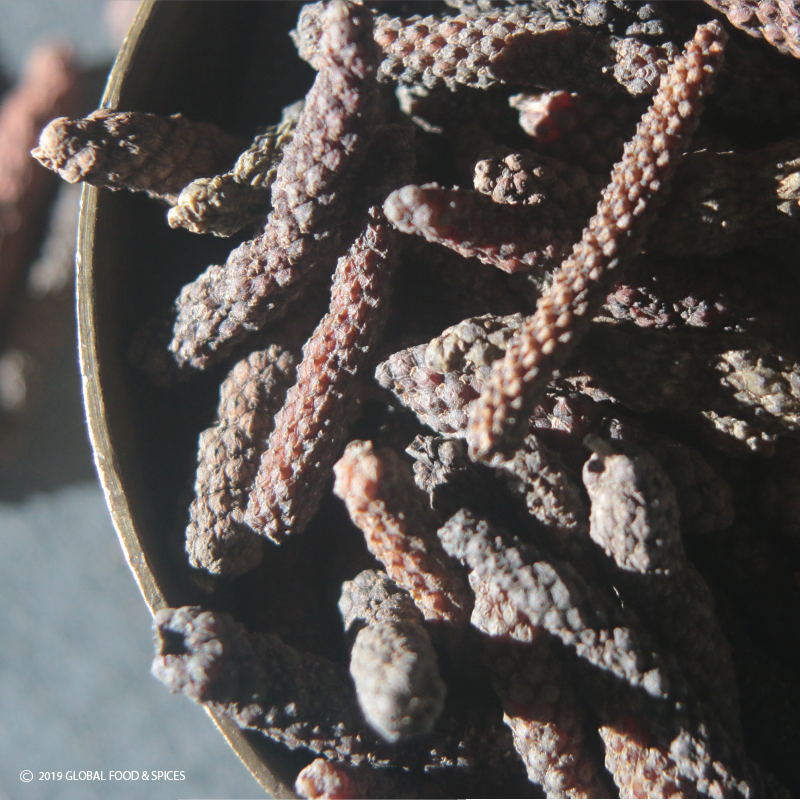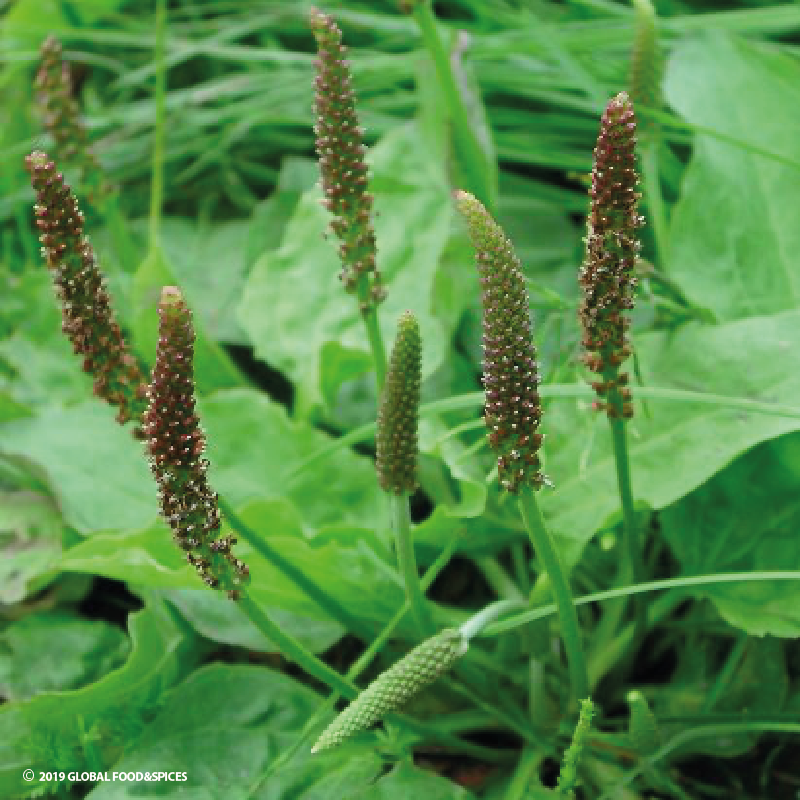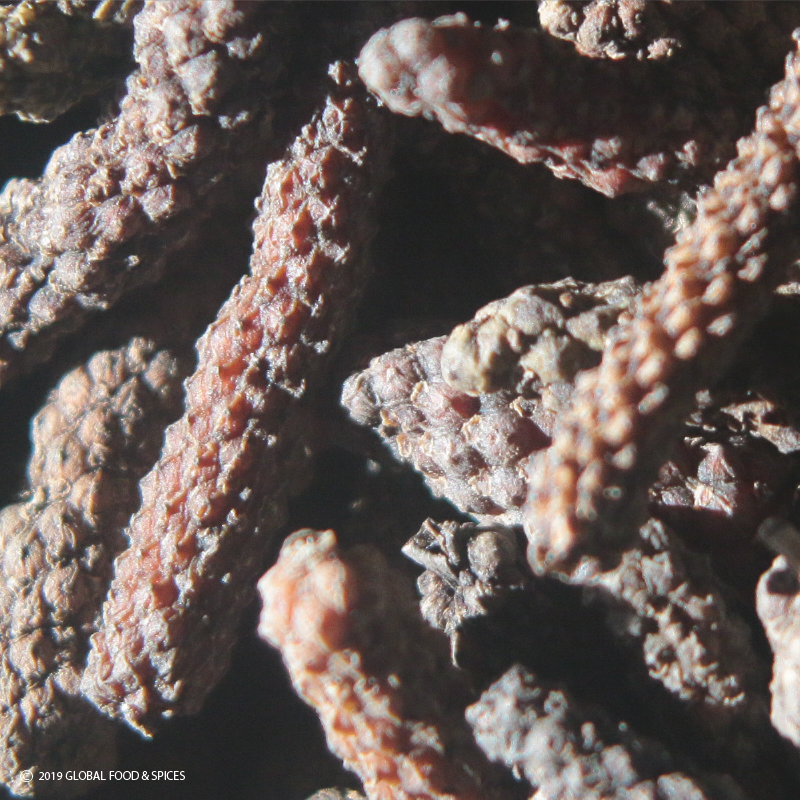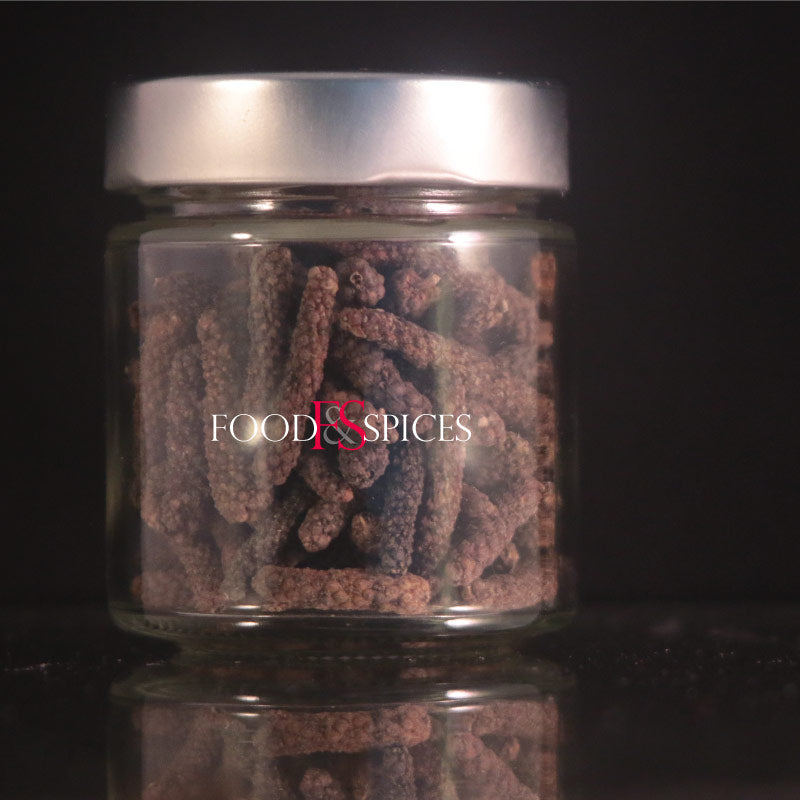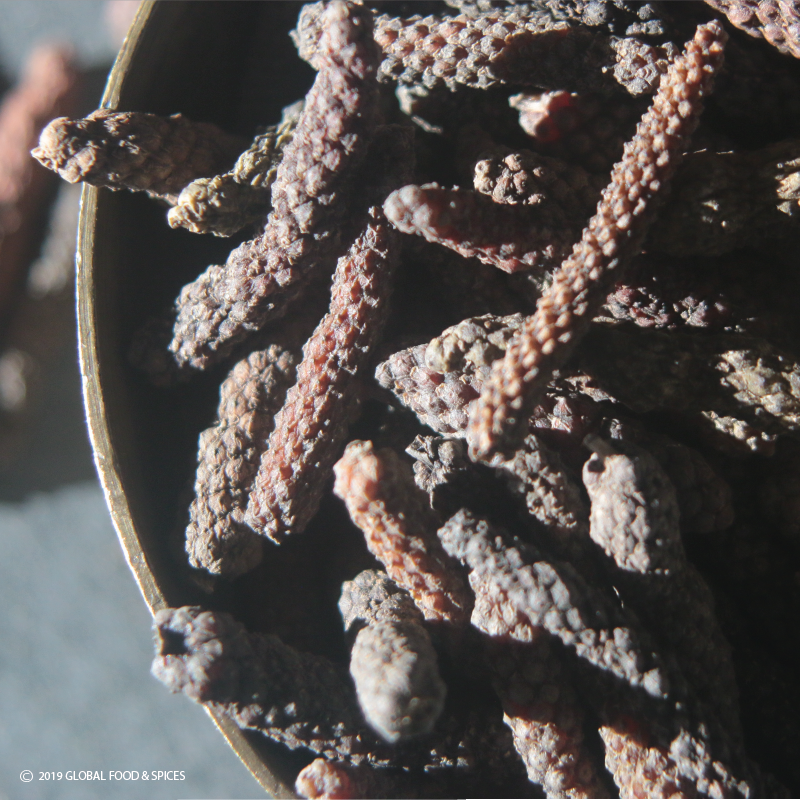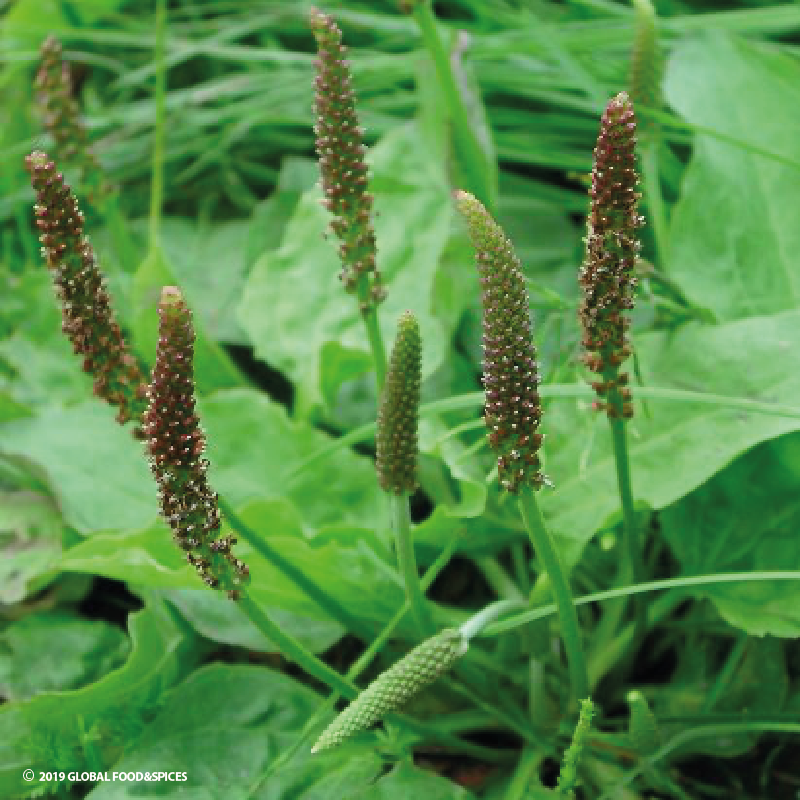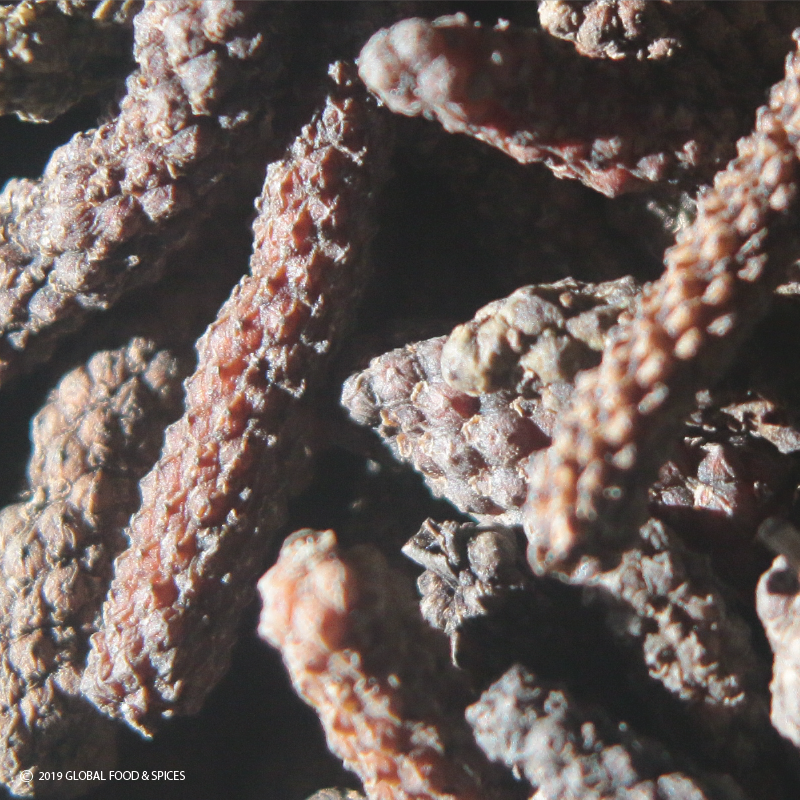depeperwinkel
Red long Pipatsu pepper
Red long Pipatsu pepper
Temporarily out of stock
Unable to load availability for pickup
The pipa-tsu (島胡椒) is an exceptionally aromatic pepper from Ishigaki Jima (Yaeyama), and deserves a place of honor in the kitchen, as do Japanese chefs, who use the pepper in exquisite fish dishes. A complex pepper, with a lot of 'body'.
This plant is a long pepper of the kind that originated in Indonesia, where it is called Cabai Jawa (Javanese pooper). The pepper was introduced in Japan by the Dutch who brought the pepper from the then East Indies to Japan in the fifteenth century.
The pepper is grown south of Okinawa, on the rocky soil of the archipelago. In this Japanese variety, the catkins grow upright, and do not hang, as is normally the case with the Javanese long pepper.
The pepper plant is a climber, which needs support to reach full maturity. This can be a tree in the wild, or a planted tree. A single tree can support 3 to 4 plants.
One plant produces 2 to 3 kilograms of catkins, which are picked when they are ripe and bright red. They are picked in October and November. Then they are steamed and dried. The latter is done in the sun.
Smell and taste
This long pepper is quite sharp, especially for a pepper of this type. You will taste a palette of sweet citrus tones, but the spicy-woody scent of black pepper *) dominates. These are the most important flavors in long pepper:
- germacreen D *, spicy woody
- β-caryophyllene*, sweet spicy and woody
- 3-carene, citrusy
- D-limonene (dipentene), sweet orange flavor, found in modest amounts in nutmeg, mace and cardamom,
- α- and β-pinene *, woody woody pine odor, as in cumin, pine(cone), juniper and hemp
- β-myrcene*, spicy aroma, with notes of fruits (mango, grape, peach) and mint
- sabinene*, responsible for the woody, camphor-like taste of black pepper, among other things
- α-phellandrene*, pleasant citrus and woody pepper flavor
Usage
The dried pepper is quite hard and seems difficult to process, but if you first break the pepper or cut it into pieces, it can be easily ground or mortared. The smell of ground long pepper is without a doubt overwhelming, very aromatic. Long pepper has a more complex taste than black pepper.
Long pepper is therefore suitable for general use, and is ideal as a pepper with white fish and white meat. Due to the light citrus aroma, the pepper combines excellently with fruit and coconut, and as for cheese, with goat cheese. Grate the pepper, or if you want to stew it in a dish, soak the pepper for fifteen minutes in cold water first.
Delicious on green asparagus is a gremolata - normally a combination of lemon zest, garlic, herbs and spices - based on this Japanese long pepper:
- 1 ½ teaspoons long pepper, lightly toasted and ground,
- 1 ½ teaspoons coriander, also roasted and ground,
- 4 cloves garlic, grated or finely chopped,
- Zest of 1 lemon.
Features:
- 100% pepper berries from the Piper retrofractum
- origin: Ishigaki jama, Japan
Assortment
- available in glass and stand-up pouch (no test tubes)
- glass jar contains 45 grams
- stand-up pouches with a capacity of up to 30 to 300 grams
- larger quantities on request
Gift wrapping
- The jar is available in a tasteful gift packaging, consisting of a cube box filled with black tissue paper
- For an overview of our gift packaging, please refer to the gift packaging section
General advice
- use long pepper whole or broken. When grinding the pepper, grind your pepper shortly before use, and store any excess ground in a well-sealed jar.
- the whole or broken pepper is best used in stews, so that the pepper has time to integrate,
- add ground long pepper to your preparation at the very last moment
Save:
- store your kampot pepper in a closed container
- preferably store in a dark, dry and cool place
- at least good until ???
- This expiration date is an indication
